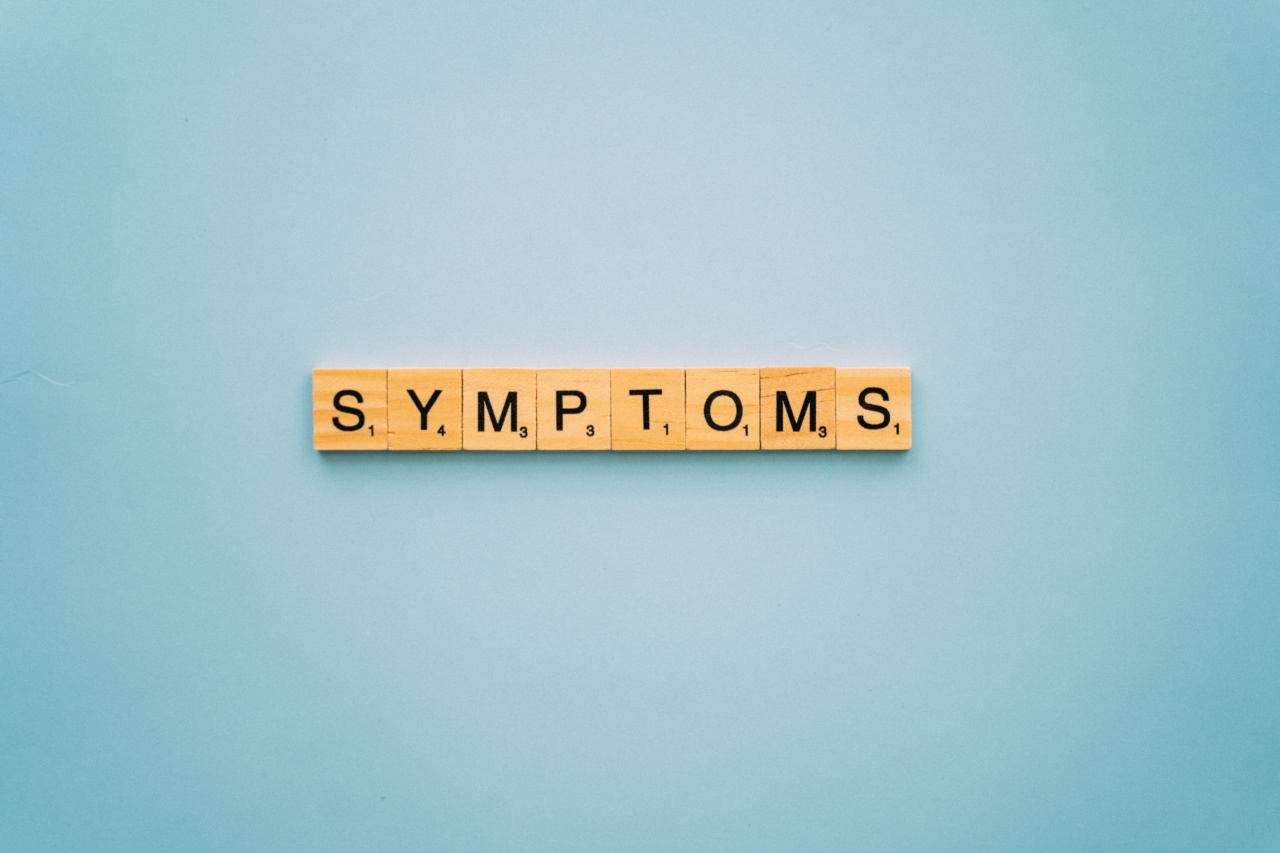Jaundice is a common condition that affects many infants, particularly newborns. It occurs when there is a buildup of bilirubin in the blood, causing the skin and eyes to appear yellow.
While jaundice is often harmless and resolves on its own, it is important to recognize the signs and symptoms to ensure proper management and treatment.
What Causes Jaundice in Infants?
Jaundice in infants can have various causes, including:.
1. Physiological Jaundice: This is the most common type of jaundice in newborns and typically appears after the first 24 hours of birth. It occurs due to the liver’s immaturity to process bilirubin efficiently.
2. Breast Milk Jaundice: Some breastfed infants may develop jaundice due to certain substances in breast milk that interfere with bilirubin metabolism.
3. Blood Type Incompatibility: When a baby’s blood type is incompatible with the mother’s, it can lead to jaundice. This occurs when antibodies from the mother attack the baby’s red blood cells.
4. Newborn Hemolytic Disease: This is a rare condition where the baby’s tissue or organs are damaged due to an immune response triggered by incompatible blood types.
Risk Factors for Jaundice in Infants
While jaundice can occur in any infant, certain factors may increase the risk. These include:.
1. Premature Birth: Premature babies are more likely to develop jaundice due to their liver’s immaturity.
2. Previous Sibling with Jaundice: If a previous sibling had jaundice, there may be a higher chance of recurrence in subsequent siblings.
3. Blood Type Incompatibility: If the mother has a different blood type than the baby, the risk of jaundice increases.
4. Bruising or Trauma during Birth: Babies who have experienced bruising or trauma during delivery are more prone to developing jaundice.
Signs and Symptoms of Jaundice
It’s important for parents and caregivers to be vigilant and observe any signs of jaundice in infants. Common signs and symptoms may include:.
1. Yellowing of the Skin and Eyes: Jaundice is characterized by a yellowish discoloration, particularly noticeable in the skin and whites of the eyes.
2. Pale Stool: The baby’s stool may appear pale or have a clay-like color, indicating a high level of bilirubin in the system.
3. Dark Urine: Jaundiced infants may have dark-colored urine, often described as amber or tea-colored.
4. Poor Feeding or Lethargy: Babies with jaundice may appear sluggish, have difficulty staying awake, and exhibit decreased interest in feeding.
5. High-Pitched Crying: Some infants with jaundice may have a high-pitched cry, showing signs of discomfort or distress.
6. Arching of the Body: Infants experiencing severe jaundice may exhibit arching of the back or neck, indicating potential neurological complications.
7. Abnormal Eye Movements: Eye movements such as gaze abnormalities or sustained eye deviation may be observed in infants with severe jaundice.
8. Fever or Chills: In rare cases, infants with severe jaundice may develop fever or experience cold-like symptoms.
9. Poor Weight Gain: Jaundice can cause feeding difficulties, leading to inadequate weight gain in affected infants.
10. Enlarged Liver or Spleen: In some cases, the liver or spleen may become enlarged, visible as swelling in the abdomen.
Diagnostic Tests for Jaundice
If jaundice is suspected in an infant, further diagnostic tests may be required to determine the underlying cause and severity. These tests may include:.
1. Blood Tests: A blood sample is taken to measure the level of bilirubin in the baby’s blood, which helps determine the severity of jaundice.
2. Liver Function Tests: Liver function tests assess the liver’s ability to process bilirubin and help identify any liver-related issues.
3. Blood Typing and Coombs Test: These tests are performed to check for blood type incompatibility or the presence of antibodies in the baby’s blood.
4. Ultrasound: An ultrasound may be performed to examine the liver, gallbladder, and bile ducts to rule out any structural abnormalities.
Treatment Options for Jaundice in Infants
The treatment for jaundice in infants varies depending on the underlying cause, severity, and age of the baby. Some common treatment options may include:.
1. Phototherapy: Phototherapy involves exposing the baby’s skin to special lights that help break down the excess bilirubin, which is then eliminated through urine and stool.
2. Exchange Transfusion: In severe cases of jaundice, where phototherapy alone is insufficient, an exchange transfusion may be required. This procedure involves removing a small amount of the baby’s blood and replacing it with donor blood.
3. Addressing Underlying Causes: Treating any underlying conditions, such as infections or blood type incompatibility, can help resolve jaundice.
4. Ensuring Adequate Feeding: Ensuring that the baby is receiving enough breast milk or formula helps prevent dehydration and promotes the elimination of bilirubin.
5. Supportive Care: Providing ample rest, comfort, and skin-to-skin contact can help improve the baby’s overall well-being and aid in recovery.
Consulting a Healthcare Provider
If you suspect your infant may have jaundice or notice any concerning signs or symptoms, it is crucial to consult a healthcare provider promptly. They can evaluate the severity of jaundice and recommend appropriate treatment options.
Remember, jaundice in infants is common, and with proper management and timely intervention, most cases can be resolved without any long-term complications.





























